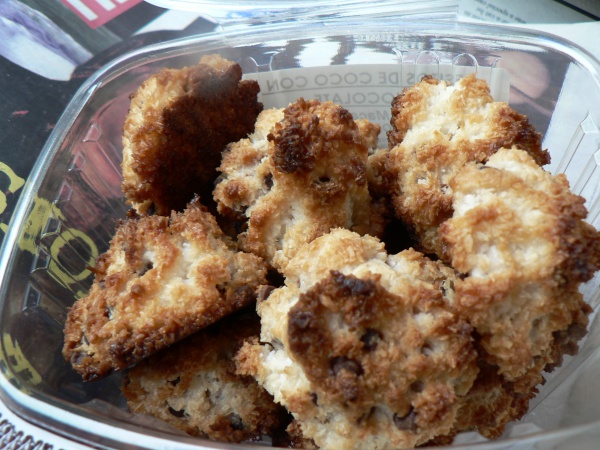Facts About Macaroon
A macaroon is a delightful small cake or cookie made from ground almonds, coconut, or other nuts, mixed with sugar, flavorings, and sometimes coated in chocolate. Some recipes even incorporate sweetened condensed milk and may be baked on edible rice paper. The name "macaroon" derives from the Italian words "maccarone" or "maccherone" meaning "paste" which refers to the almond paste used in the original recipe.
The history of macaroons dates back to an Italian monastery in the 8th or 9th century. French monks and later Benedictine nuns played a significant role in spreading the popularity of this treat. Macaroons became particularly favored among Italian Jews because they are flourless and use egg whites as a leavening agent, making them suitable for Passover.
Recipes for macaroons have been documented in cookbooks as early as 1725, with various versions incorporating coconut, potato starch, and different types of nuts. Worldwide, regional varieties of macaroons highlight unique flavors and ingredients. For instance, in the Philippines, macaroons resemble colorful cakes more than cookies, while in Scotland, macaroon bars are made from potato and sugar paste.
In the United States, coconut macaroons are especially popular; they are typically dense and sweet, often dipped in chocolate. Homemade macaroons, however, tend to be lighter and fluffier, with their shape varying based on the ingredients used. Because they contain no wheat or leavening agents, macaroons are a common treat during Passover.

 Haiti
Haiti